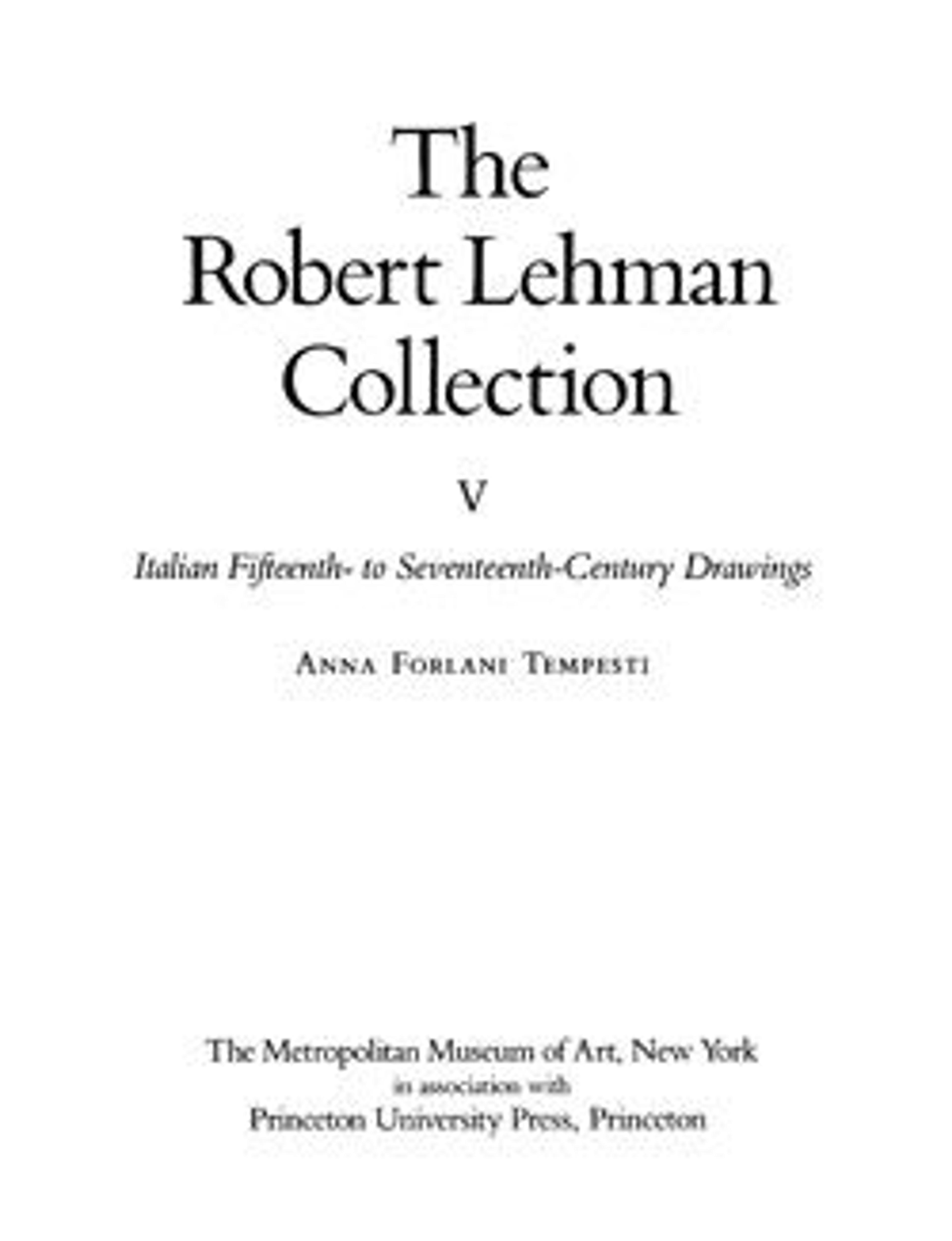Reclining Female Nude
Domenico was the son and pupil of the renowned Venetian master, Jacopo Tintoretto. While the influence of Jacopo’s rhythmical line is evident in the drawings of his son, Domenico developed an individual style of draftsmanship characterized by softer and more naturalistic modeling, as illustrated in this study of a female nude, one in a series depicting heavily foreshortened figures in various reclining poses, including several others in the Lehman Collection. These studies may have served as reference points for the voluptuous, recumbent figures of Venus and Danae that abound in paintings by the Tintoretto workshop Domenico’s series of female nudes epitomize the primacy of drawing after live models in the Tintoretto workshop.
Artwork Details
- Title:Reclining Female Nude
- Artist:Domenico Tintoretto (Italian, Venice 1560–1635 Venice)
- Date:early 17th century
- Medium:Black and white chalk on faded blue paper.
- Dimensions:7 13/16 x 10 in. (19.8 x 25.4 cm)
- Classification:Drawings
- Credit Line:Robert Lehman Collection, 1975
- Object Number:1975.1.533
- Curatorial Department: The Robert Lehman Collection
More Artwork
Research Resources
The Met provides unparalleled resources for research and welcomes an international community of students and scholars. The Met's Open Access API is where creators and researchers can connect to the The Met collection. Open Access data and public domain images are available for unrestricted commercial and noncommercial use without permission or fee.
To request images under copyright and other restrictions, please use this Image Request form.
Feedback
We continue to research and examine historical and cultural context for objects in The Met collection. If you have comments or questions about this object record, please contact us using the form below. The Museum looks forward to receiving your comments.
